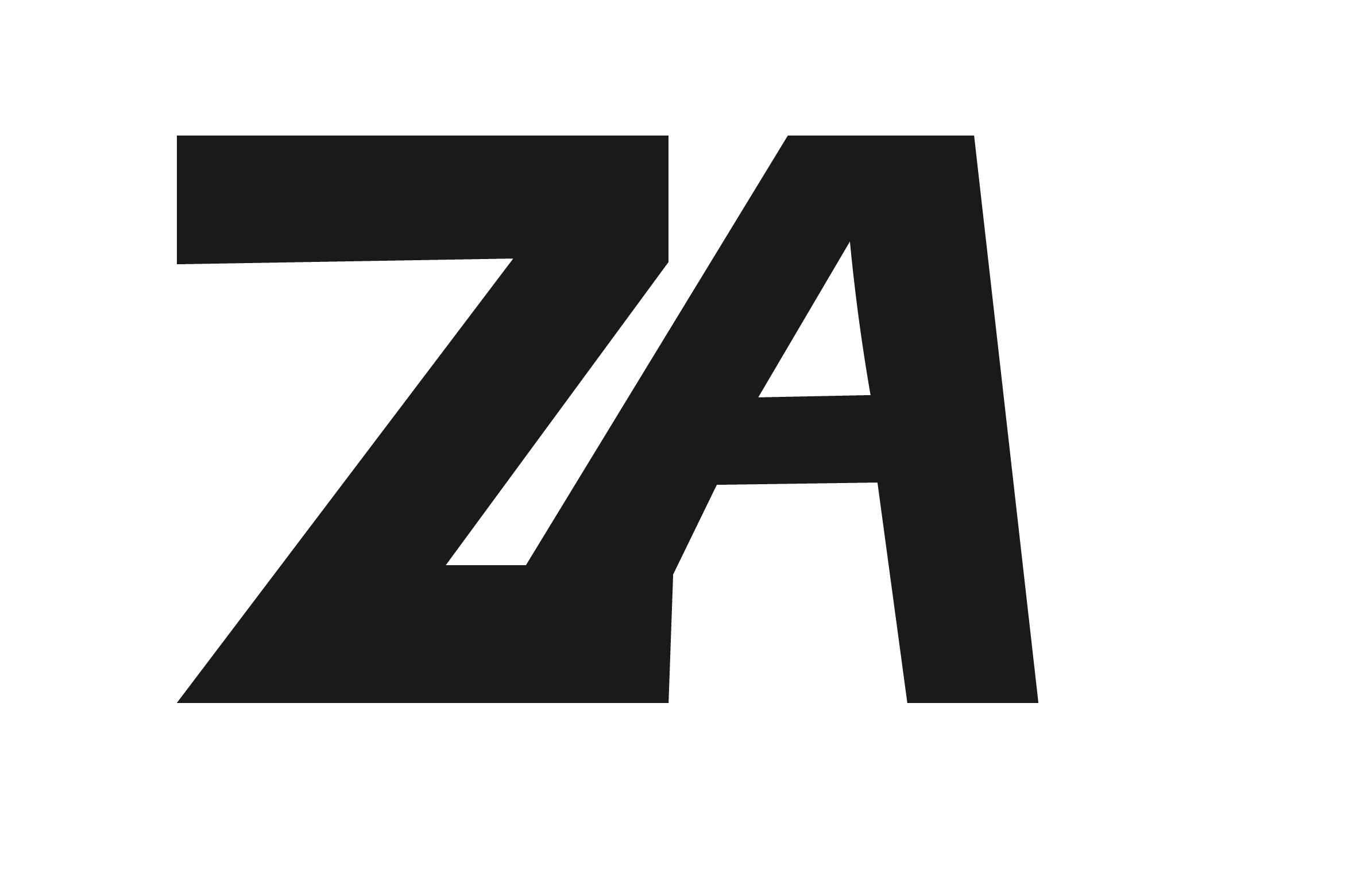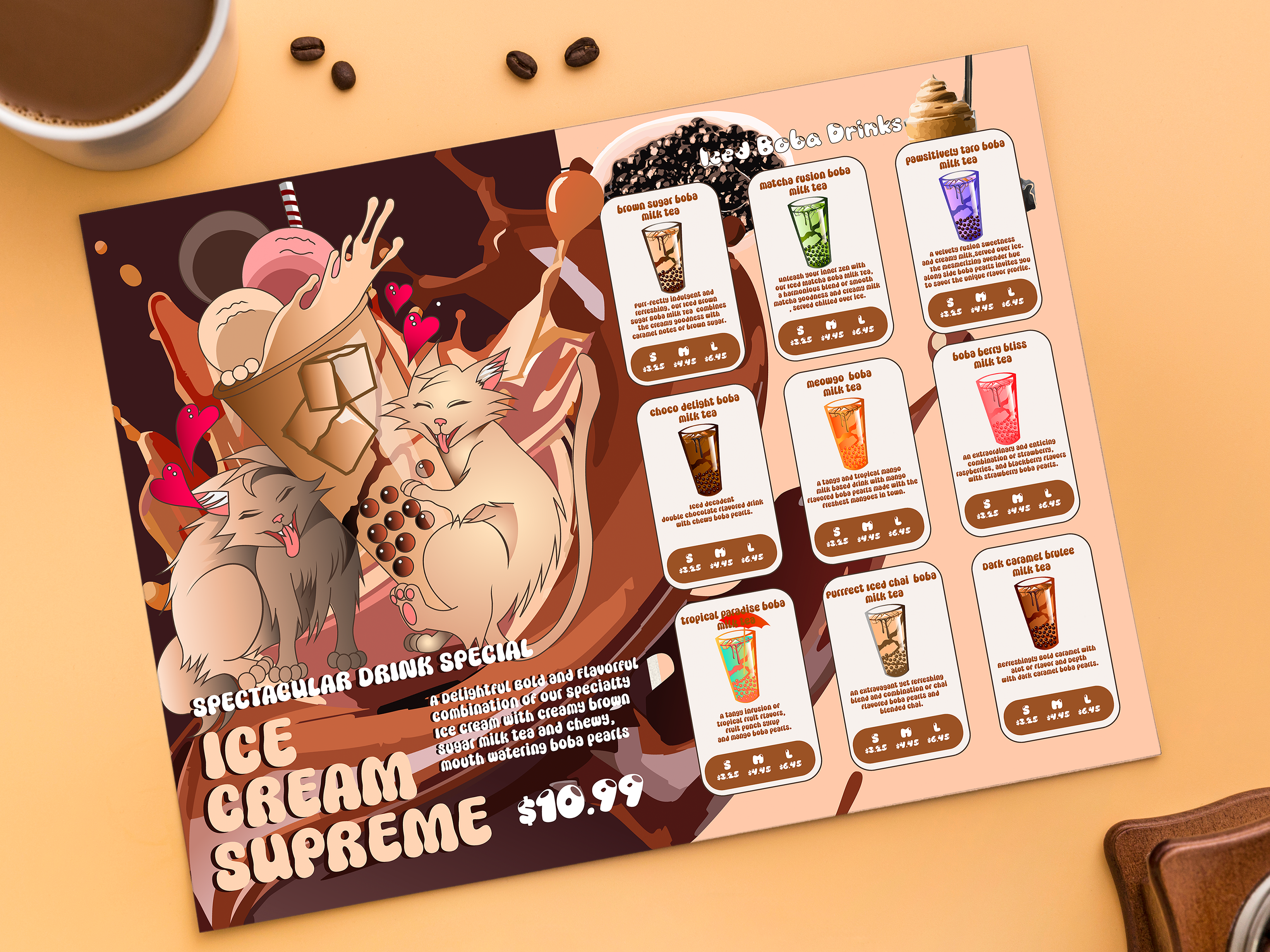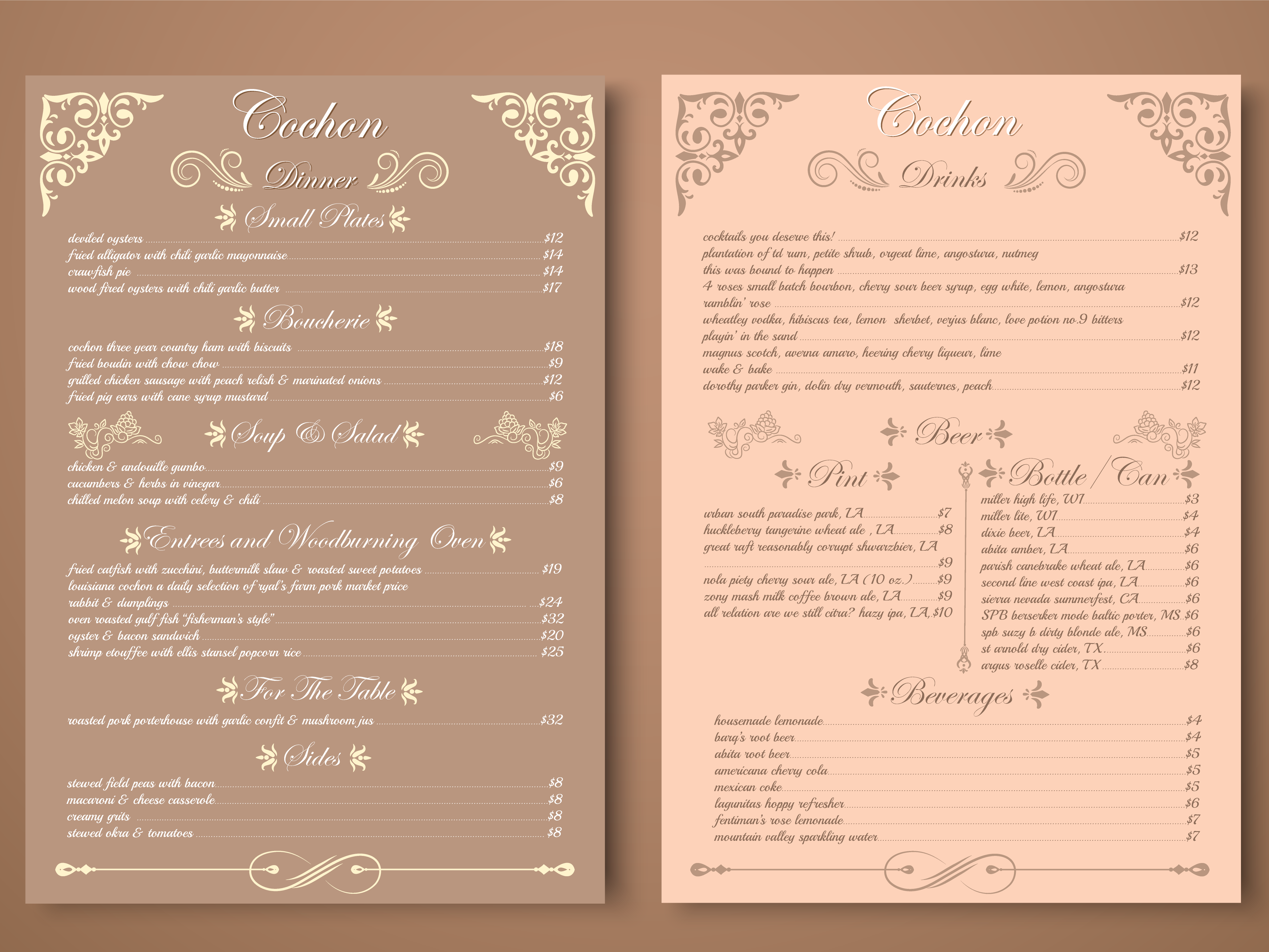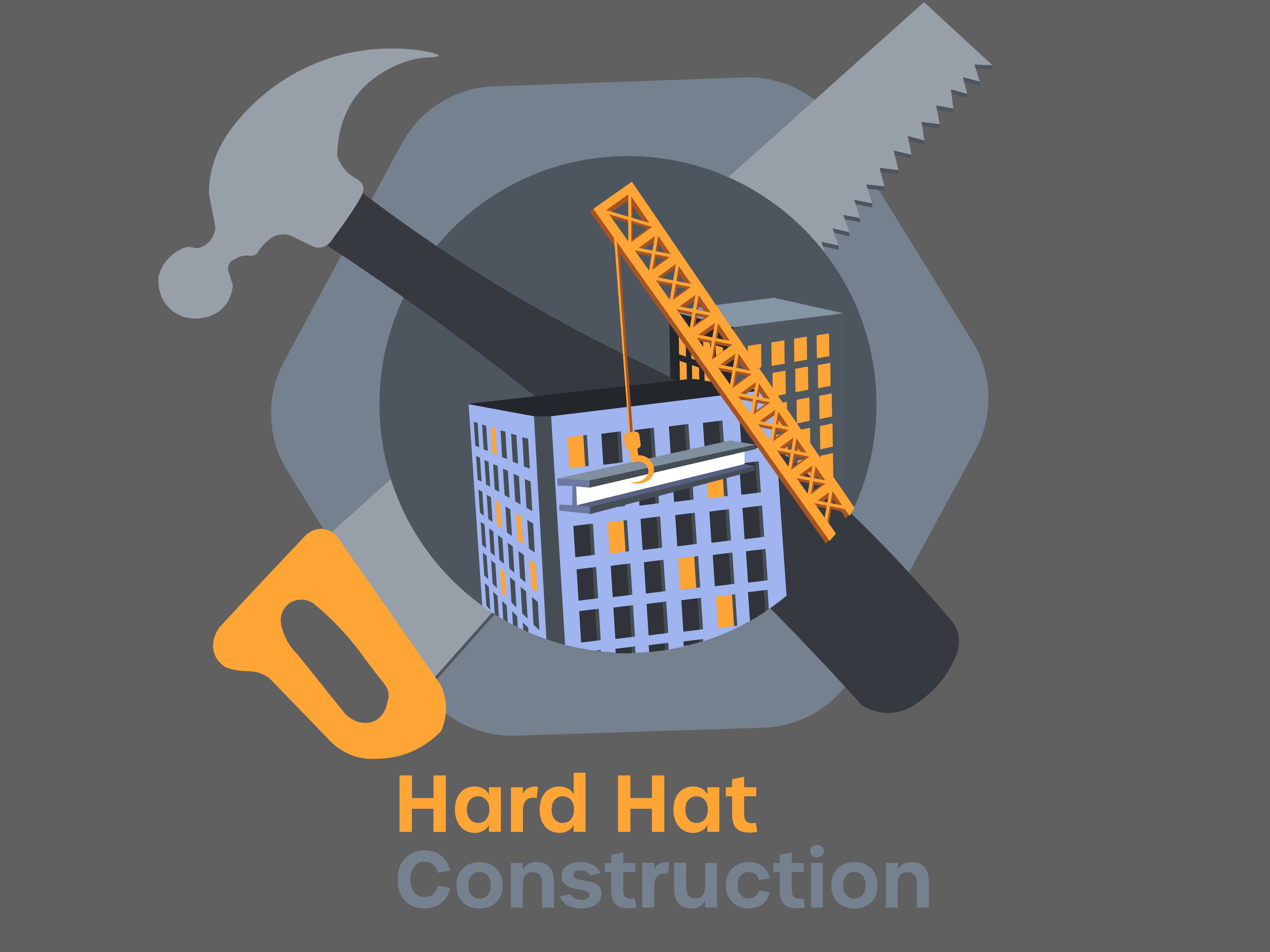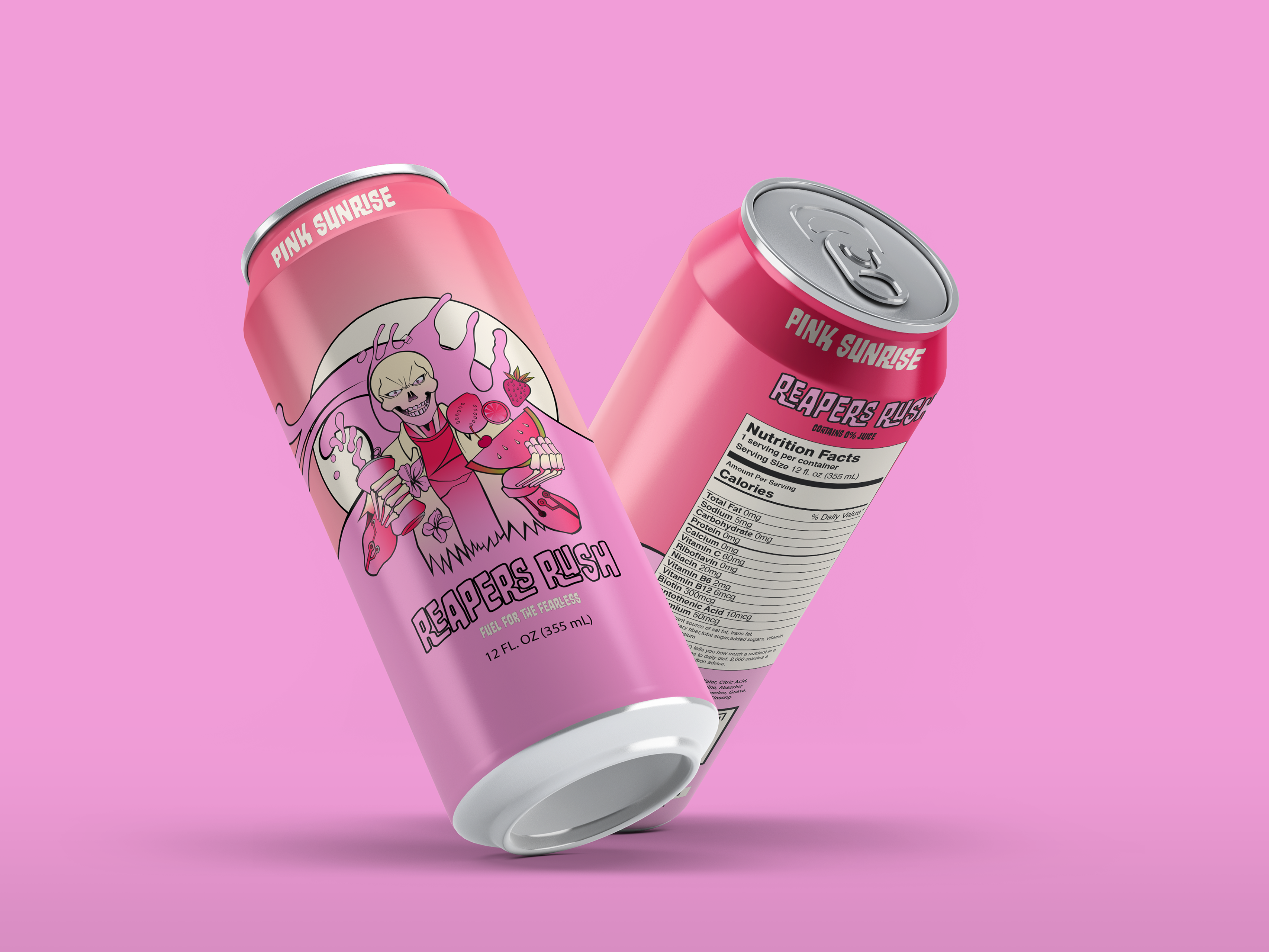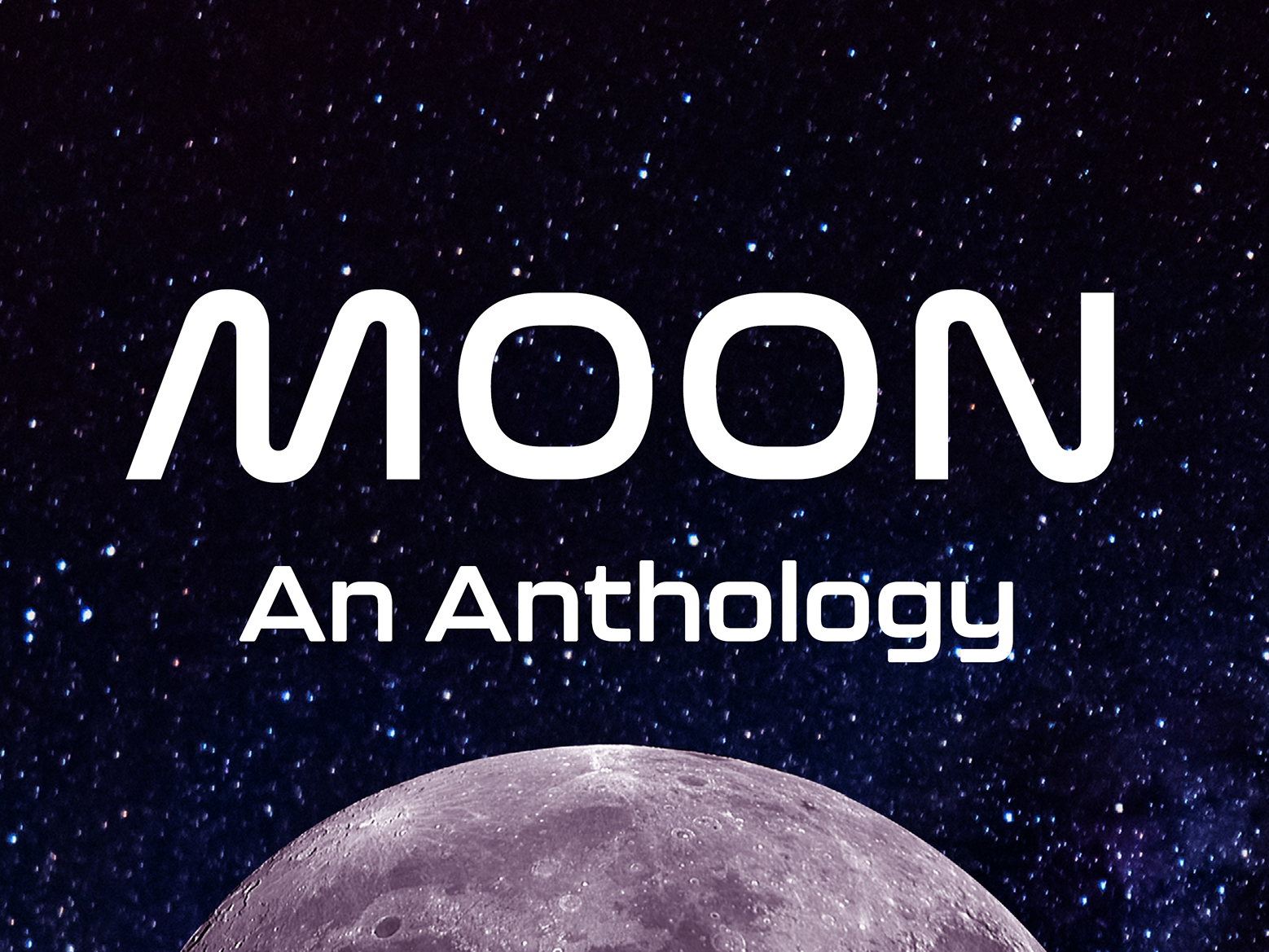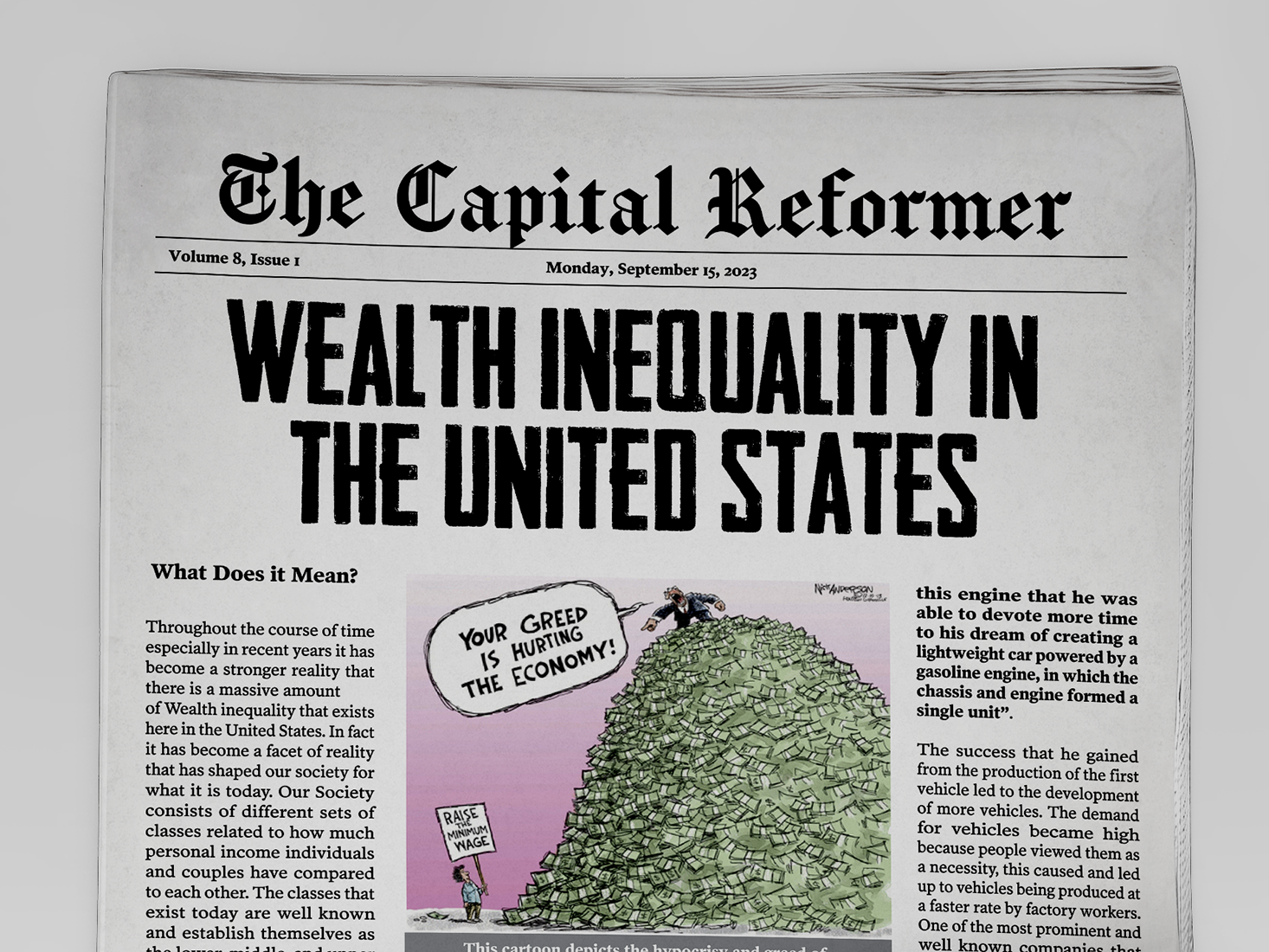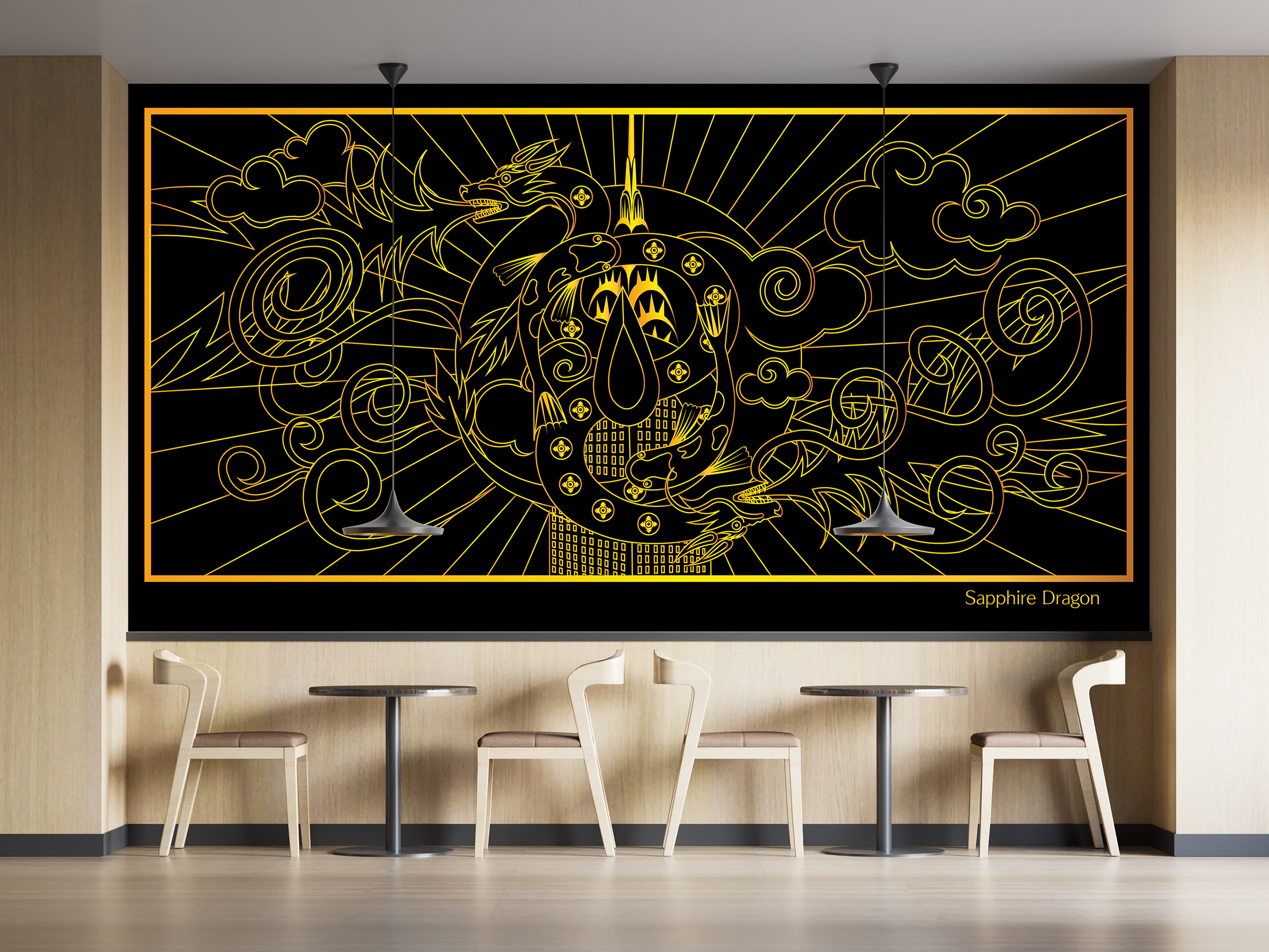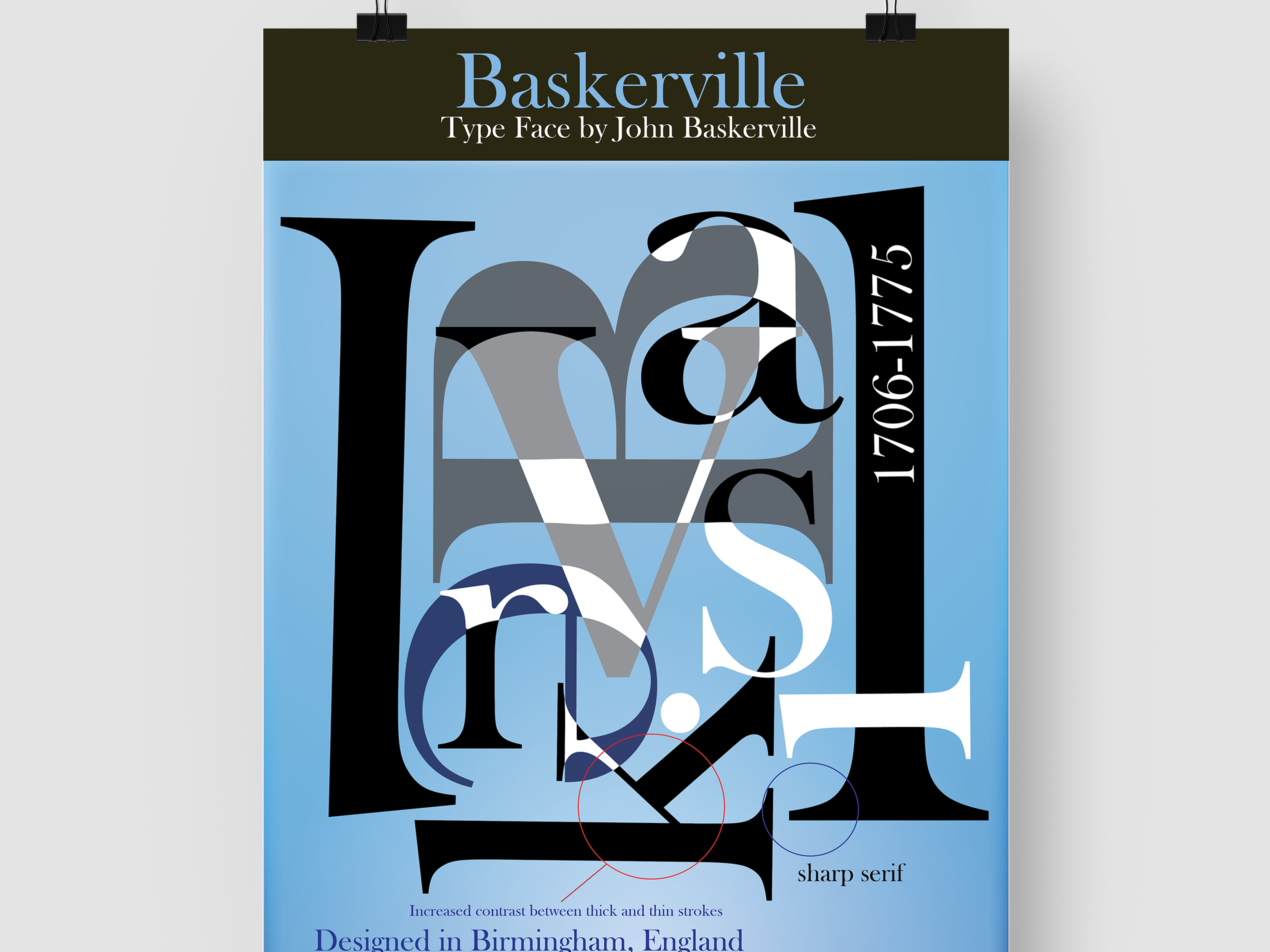Tenor is a platform concept for landlords that I assisted in making the ux and ui design for with three other people. The purpose of Tenor is to enable landlords to manage their tenants in a more easier and direct way. The application consists of a forum page where the lard lord can submit online posts such as recycling reminders for tenants to observe, A Tenants Page where the landlord would be able to search for tenants based on the name and group they are in within the apartment complex, and An Inbox Page where the landlord can privately message a tenant to send them warnings or inform them about something. A quality this application has is that the landlord can monitor the Building Recycling Status and observe the status of their tenants. The application was designed using Figma. The Case Study for this project is below to observe.
Case Study
Value Proposition
“We help landlords manage their properties by enabling them to observe their status and communicate with their tenants in a more direct way”
Landlords would find using this application and service to be valuable because of its directness, clarity, and ease of use. The application/service would allow landlords to communicate with their tenants and manage their duties in a more direct, established and organized way. The apps usefulness and purpose is that it allows landlords to check their tenant’s status, the status of the entire building and the ability of communicating with tenants instantaneously.
Persona
Name: Michael Hatton
Age: 35
Location: Brooklyn, New York
Occupation: Landlord
Status: Single
Michael Hatton is a landlord who resides in and manages a Brooklyn Apartment complex. He is looking to fulfill his responsibilities as a landlord by complying with the requirements and standards that are set for him. He wants his tenants to follow the rules such as following proper recycling methods in order to ensure that his property meets the standards that it is meant to abide by. Something that Hatton is looking for is a more direct and organized way for managing and communicating with his tenants. A method that he used to communicate with his tenants was through exchanging letters. Because of the numerous amount of tenants in his property, Hatton has a difficult time going through the massive amount of letters that get sent to him and has some trouble staying organized. He is looking for a more simplified and less complex way of having messages and statements distributed.
User Flows
What we had originally thought of involved a complex security system. A landlord would have the ability to examine people’s recycling methods through a camera security system. The idea I presented and had in mind is that each tenant would have an id card of their own that they would have to swipe in order to have access to the area where they would drop off materials to recycle. The room itself would be heavily monitored with the camera security system that a landlord can observe through the app. The old user flows were developed out of taking this idea into consideration but when we discussed the idea we were advised that it was too strict. What we decided to make a user flow out of instead was through having a community based solution for the issue. This community based way of addressing the issue would be that everyone would follow the procedures of recycling and that if a tenant or several tenants neglect following proper recycling guidelines then the whole building would face a consequence such as the tenants having to pay a higher tax rate for the apartments that they are residing in. Tenants would have to tell their landlord who the other tenants are that are responsible for having neglectful recycling habits. The user flow that we finalized was based on the community based and driven solution. The original user flow was highly detailed but when we put together the final userflow we decided to simplify it.
The Process (How I got here)
The beginning process involved my team doing research in order to explore and find new information about recycling . This information that we have uncovered had the potential of being utilized into our concepts that we would develop later on. The information that me and my team found gave us a more thorough understanding of recycling and its many purposes.
Research Summary What I learned throughout this process:
Our research involving recycling in our interviews
-How Recycling Takes place in NYC
-International Involvement that affects our country’s Recycling
-Facts about Recycling in NYC
-How the Pandemic is affecting Waste Management
-Benefits of Recycling in NYC
-The Statistic relating to waste amounts, gas emissions and waste management
-How NYC controls waste that contributes to climate change
-The top companies involved with recycling
Interview Process
The Person who I interviewed for the Interview process was my uncle named Moein Karim. Moein Karim used to work as a process control engineer. He describes himself as someone who had deep care and personal accountability for recycling. He believes that everyone should practice recycling including the youth and contribute to keep the environment clean. He also believes that good recycling habits should be taught on a more regular basis. He teaches his kids about the importance of recycling and contributing for a cleaner and less polluted planet and ecosystem.
-Discarded Food Waste can be turned into reusable energy through a process involving digesters.
-Conveniency regarding usage of plastic bottles and household items such as paper towels have its drawbacks that impact the environment without people directly realizing it.
-Wastefulness is an ongoing issue that needs to be less prevalent. An example of this is wasted paper towels and packaging.
-Packaging should be made from recycled materials instead of paper.
-It should be more common and readily available to have separate recycling bins for paper and cardboard boxes.
Quotes From The Interview
“The only place we had had recycling is what waste management used to do is that they used to collect food waste and process that food waste at their location. They used to bring it to our location, BEP and pump it into our digesters. Inside the digesters because it was food, it would make additional gas. They still do it because they probably get it from restaurants.”
"They actually slurry it up, They remove all of the plastic food, plastic bags and make a slurry out of it and pump that slurry into the digester."
"It's absolutely necessary and essential that everybody should do their part in Recycling for a cleaner environment."
